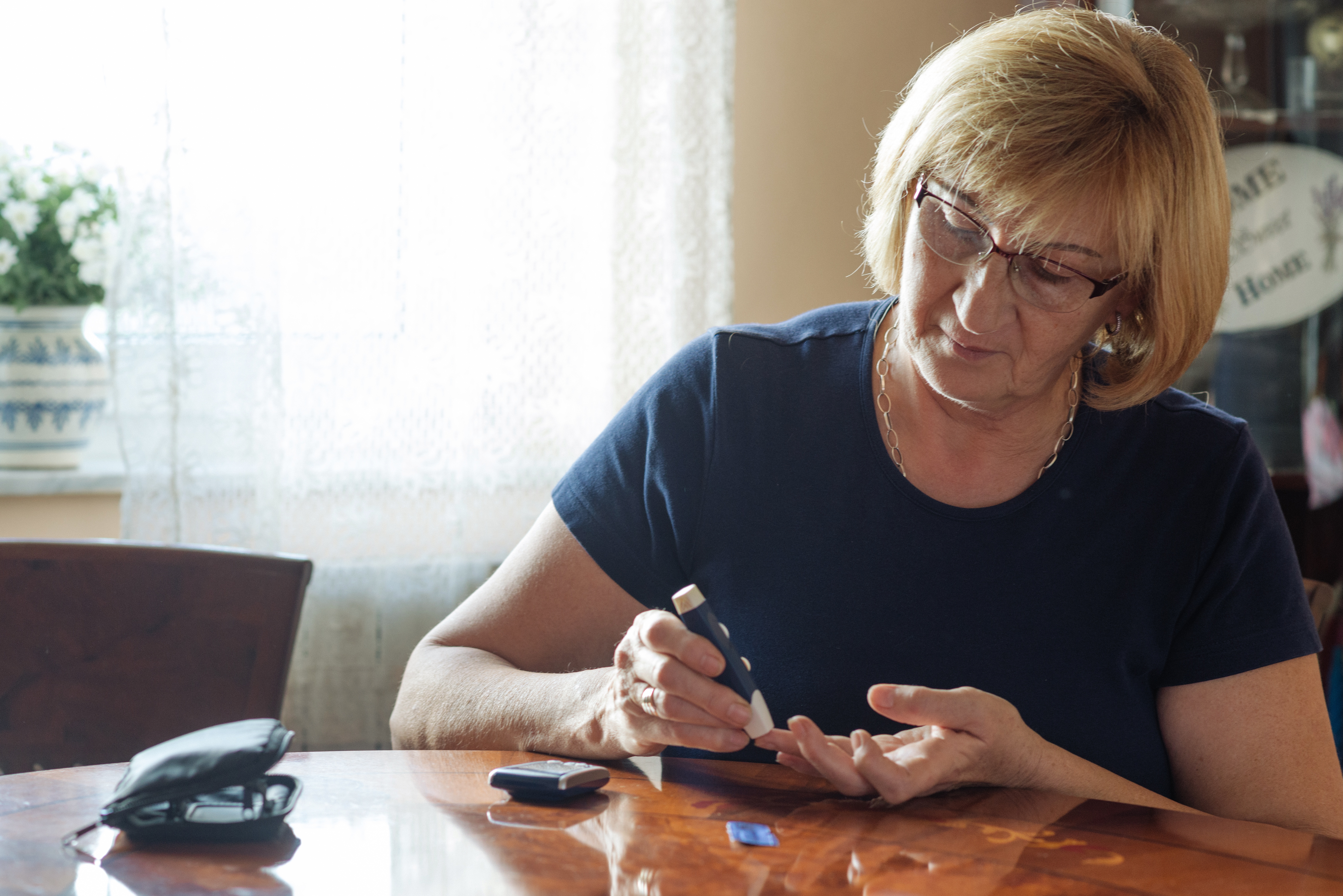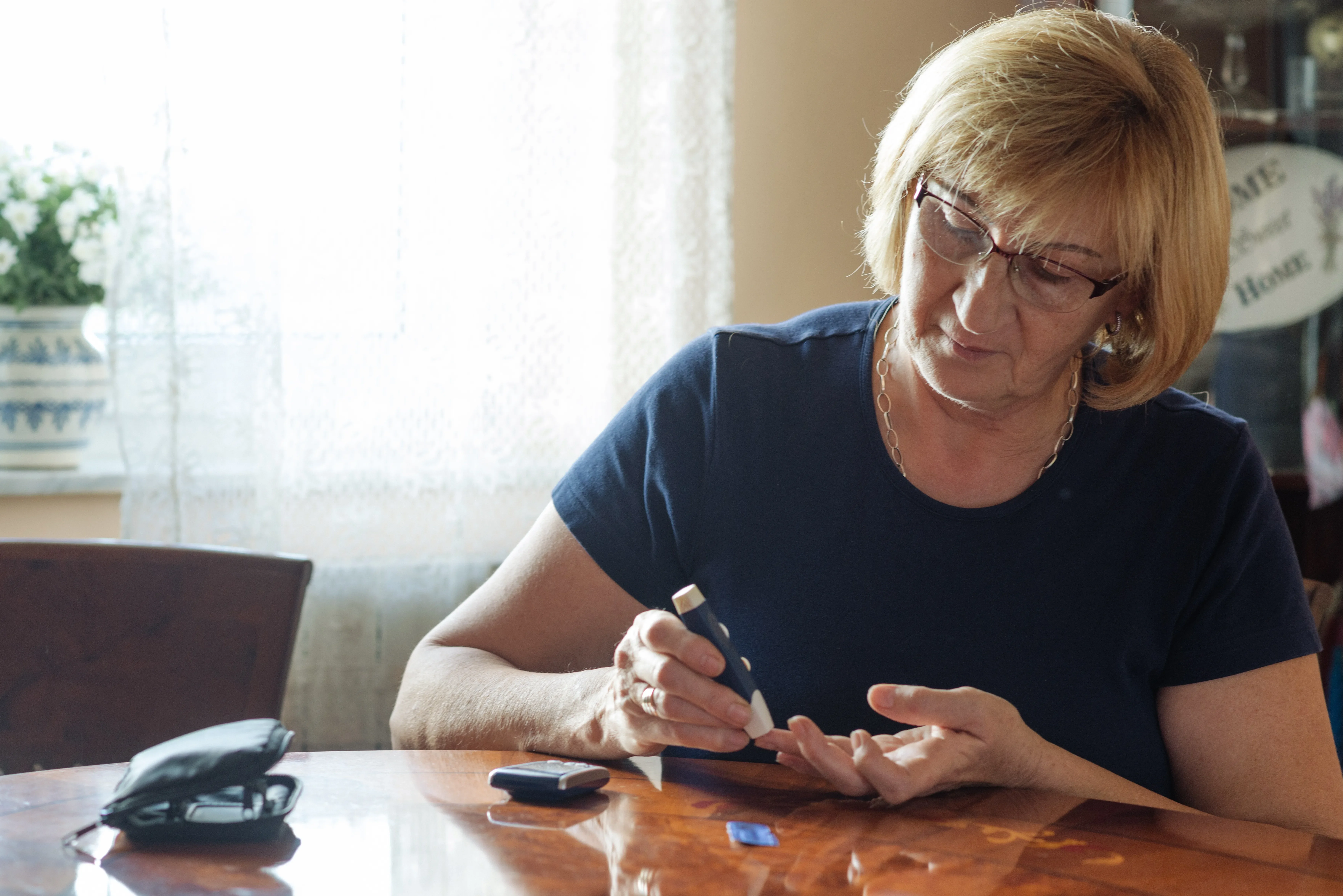8 Tips to Keep Type 2 Diabetes Away
According to the Centers for Disease Control, approximately one in three American adults have prediabetes, but more than 90 percent of these adults don’t even know they are at a high risk for Type 2 diabetes, stroke and heart disease.

Prediabetes occurs when blood glucose levels are higher than normal, but are not high enough to be diagnosed with diabetes. If you’re at a high risk for or have already been diagnosed with prediabetes, prevention of Type 2 diabetes is possible (and highly recommended!), and it doesn’t require killing yourself at the gym every night.
You have an increased risk for prediabetes (and Type 2 diabetes) if you are:
- Overweight or physically inactive
- Have a first-degree relative with diabetes
- A prior history of gestational diabetes
- Abnormal cholesterol or glucose levels
- High blood pressure.
The National Diabetes Education Program (NDEP) recommends losing weight and maintaining an active lifestyle as two key components in preventing this common disease. Here are eight tips to get started.
1. Track your Calorie Intake
Try jotting down everything you eat each day. Many free apps make this easy to do with your smartphone. Check out MyFitnessPal, LoseIt! or Livestrong’s calorie counter. According to a study conducted for the NDEP, losing just five to seven percent of your body weight can help you to reduce your risk of acquiring diabetes.
2. Choose Fresh Fruits and Vegetables
They say if your food can go bad, then it’s good for you. Fill half of your plate with fruits and vegetables and explore different ways of preparing this food group (you might enjoy roasted broccoli versus steamed broccoli).
3. Eliminate Temptation
Out of sight, out of mind, right? Resist the urge to purchase snacks like cookies and chips at the grocery store. If they’re not stashed in your cupboard or office, you’re more likely to eat a healthful snack instead.
4. Pack your Lunch
It’s easy to order a meal that’s high in calories and fat while you’re out to eat, and it’s even easier to do so if you’re at the nearest fast food chain. Plan a variety of lunches for the week that include whole grain breads, lean meats, like turkey, and crunchy snacks, like carrot sticks and celery.
5. Build Exercise into Your Schedule
Schedule your exercise like a meeting and put it on your calendar. That way you’ve already blocked off the time for it. For extra motivation, add it to your friends’ calendars as well. The above study also found that staying active for 30 minutes at least five days a week can reduce your risk of acquiring diabetes.
6. Dress for Success
Purchase a few new pieces of exercise gear, whether it is new running or walking shoes, new weights or a nice pair of shorts. Research shows those who were excited to use or wear new fitness gear have a tendency to follow through with exercising.
7. Take a “walk break”
Bring walking shoes with you to work and use your lunch break to take a brisk walk.
8. Track Tour Steps
Use an activity trackers like Fitbit or Garmin to track your progress. Another option for those who wear their cell phones is to get the free app – “Map my Walk”.
Although these tips are aimed at helping you reduce your risk of diabetes—everyone can benefit from them. For more information, useful advice and a full plan for diabetes prevention and management, visit https://chesapeakeregional.com/conditions-treatments/diabetes .

Diabetes Clinical Nurse Specialist and Program Coordinator Terry is a Diabetes Clinical Nurse Specialist with more than 30 years of experience working with people with diabetes. She is a graduate of the University of Virginia in Charlottesville, Va. and received her master’s degree from George Mason University in Fairfax, Va.. Terry is board-certified in advanced diabetes management and is also a Certified Diabetes Educator. She was awarded a fellowship by the American Association of Diabetes Educators in 2012, one of 64 (please change to 75) individuals who have received this honor. She is a member of the American Association of Diabetes Educators and the American Diabetes Association and has held numerous volunteer leadership positions with both organizations. She loves helping those with diabetes successfully self-manage this chronic condition.